The conclusion of what came to be the pentalogy of Rurouni Kenshin live action movies, was another much anticipated film of the year, even though the 4th entry bordered on being disappointing, with the exceptions of a few action scenes. However, and although the ending of the story was essentially known due to the previous film (which I felt should be watched last actually) the final episode is actually quite good, on par with the previous trilogy, at least for the most part.

The story essentially focuses on the beginnings of Kenshin as Hitokiri Battosai, which is portrayed through a series of flashbacks. As the movie starts, Kenshin is already a notorious killer moving in the shadows of Kyoto, according to the orders of Katsura, who leads the Choshu clan, a group of anti-shogun members. Having killed a hundred people since his hiring from Katsura a year ago, Kenshin has started having doubts about his actions, and particularly regarding his philosophy of who he is supposed to kill. While a number of other members of his group start noticing some slight changes in his behaviour, the sudden appearance of a new girl, Tomoe, who quickly becomes quite close to Kenshin, intensifies these comments, and also changes the Battosai significantly, who finds himself challenged intellectually by her, even more than himself did. At the same time, his actions have drawn the attention of the Shinsengumi, and particularly of Saito and Okita, two of the top dogs there, bringing a series of events that end up with Kenshin hiding with Tomoe in a village outside of Kyoto. As he finds himself enjoying rural life, all hell breaks loose, and treacheries and new dangers come to the fore.
As usual in the series, the action element is the most central, and thankfully, in contrast to the previous film, this time it is stripped from forced sentimentality, almost completely. In that regard, the initial scenes highlight Kenshin as a demon, as a man who could create a rain of blood every time he appears, with the initial sequence, which finds him bound, the one in the narrow streets of Kyoto, the one with the unknown assailant in the night, and the one from the first time he met Katsura, set the tone for the movie. What makes thes scenes stand out, apart from the uncanny speed of Takeru Satoh and the bloody violence that surrounds them, is how impressive the settings they take place in are, with Takuro Ishizaka capturing images of extreme beauty, which additionally, create a rather intriguing antithesis with the bloody violence that co-exists in these scenes. The aforementioned in the narrow street, but most of all, the final one in the snow, are testament to the prowess in the particular aspect, which also benefits the most by the frantic editing of Tsuyoshi Imai. Also of note is the one between Kenshin and Okita of the Shinsengumi, also due to its contextual significance regarding the change the former experiences.
The non-action scenes are quite interesting this time. The non-political machinations that went on behind the actual war between the pro-imperial nationalists and the shogunate forces are well communicated here, creating a setting that can only be described as hellish, as both parties also used assassins, in order to promote their goals. At the same time, the impact Kenshin's actions have on both him and the people around him, add another dimension to the narrative, with him presented as a “tool” more than ever, with the same, applying eventually to a number of other characters. Furthermore, the conspiracies, the treacheries, and the way a number of people use others as “fodder” intensify this sentiment even more.
The analysis of Kenshin's character beyond his fighter hypostasis, particularly through his interaction with Tomoe is also quite interesting, as it shows a side of him that appeared in the original trilogy, but was never explained. At the same time, however, and particularly during their stay in the hut, the movie starts to lag intensively, while the forced sentimentalism element rears its ugly head once more, resulting in a rather significant portion of the movie being dull. Granted, this part presents a series of shocking revelations, but the sudden slowing of the pace is not justified in any way, with the same applying to a number of scenes right before the actual ending, which, on the other hand, brilliantly connects this movie with the original trilogy.
Regarding the acting, Takeruh Satoh is as cool as ever, with his laconic performance as Kenji actually working well for the narrative. Kasumi Arimura as Tomoe probably gives the best performance here, with the various transformations she undergoes being exceptionally presented, as much as the way she manages to break the seemingly unbreakable, unemotional facade Kenshin wore. Issey Takahashi is also quite good as the always calm, always thinking and calculating Katsura.
“Rurouni Kenshin: The Beginning” has some issues, but in general emerges as a well-shot, rather entertaining film that also concludes (?) the live action saga of one of the most iconic anime/manga heroes in the most impressive and most fitting way.


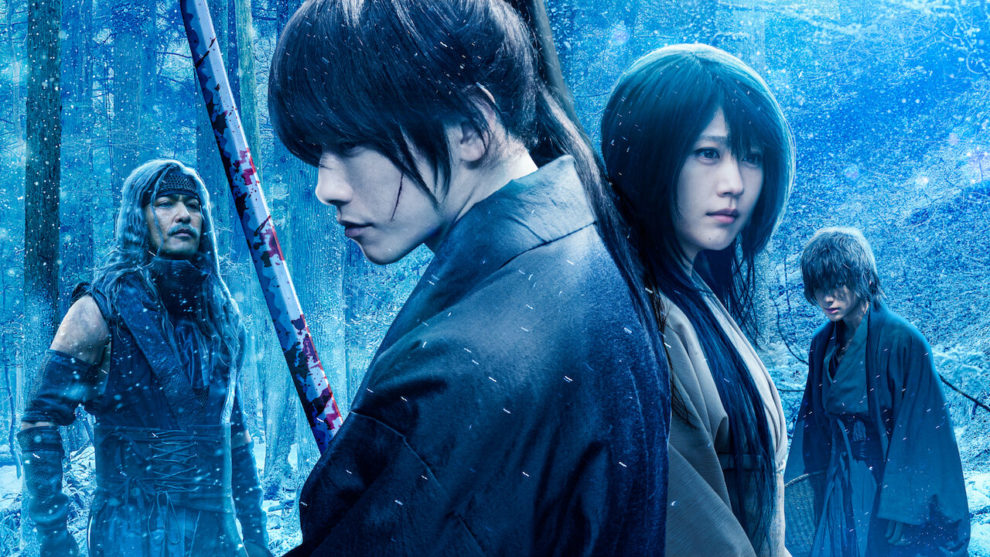
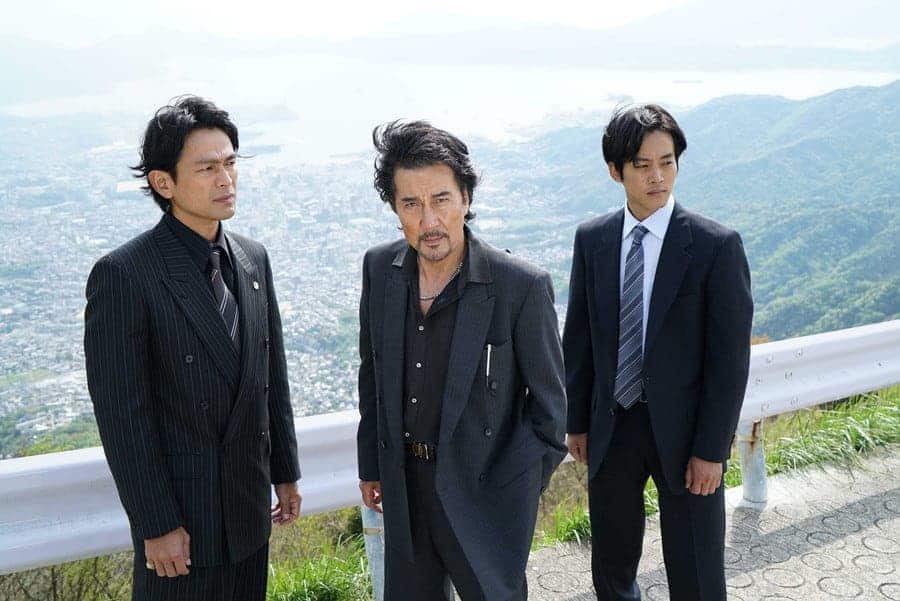
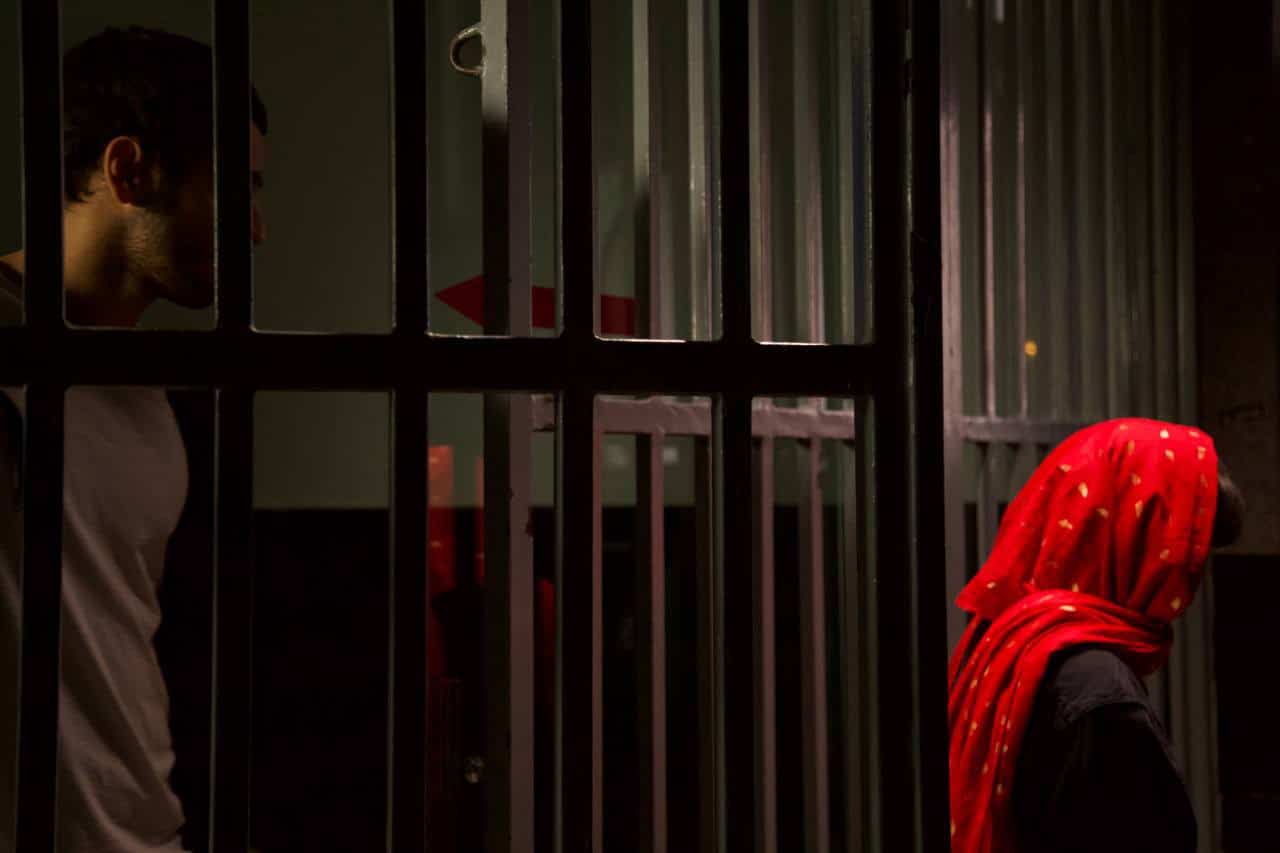

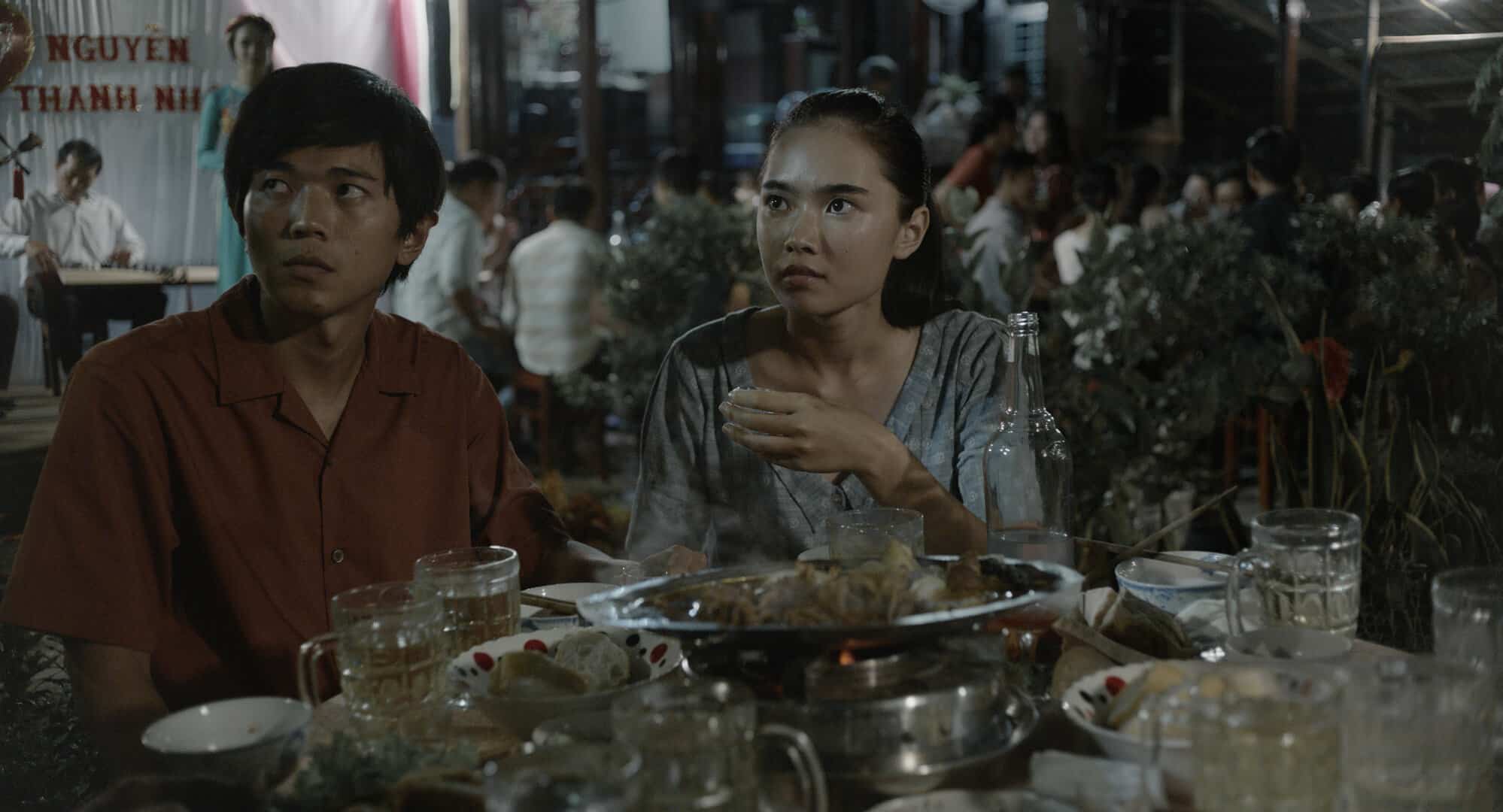
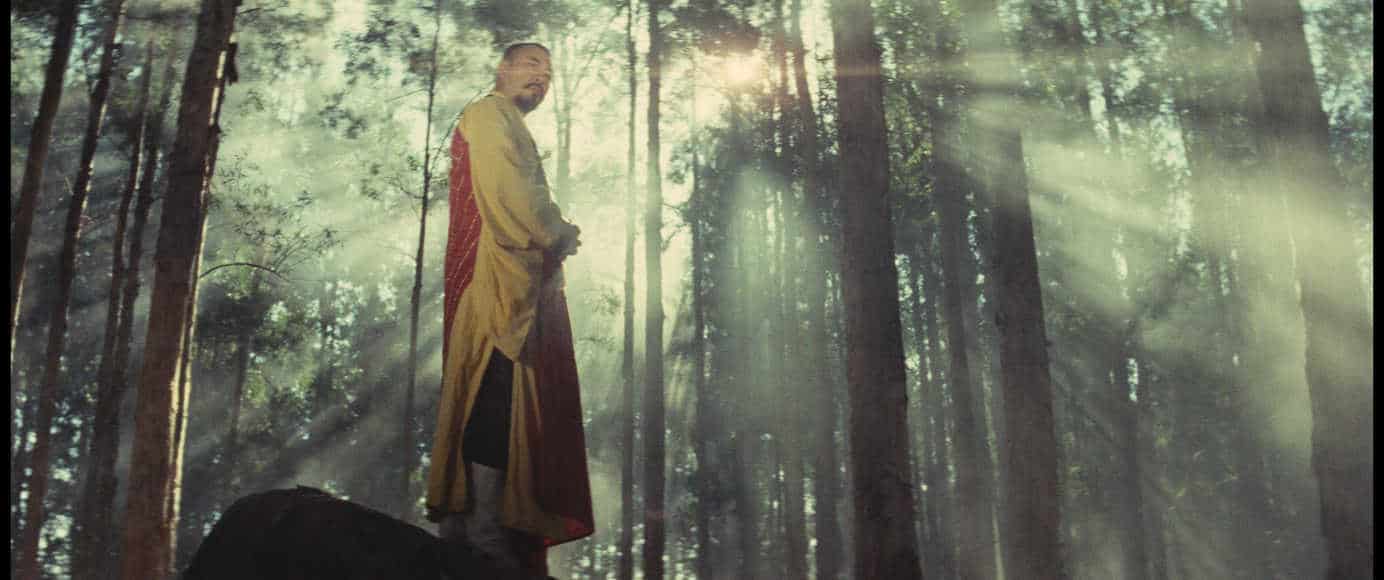








The entire midpoint of the movie is entirely necessary and establishes a sorrow atmosphere of Tomoe and Kenshin existing in contradiction – it develops Tomoe’s gradual segue from her seeking vengeance into guilt for how she begins to feel, it slows the pacing down but is a distinct contrast to the action-driven installments earlier in the series. Weak review